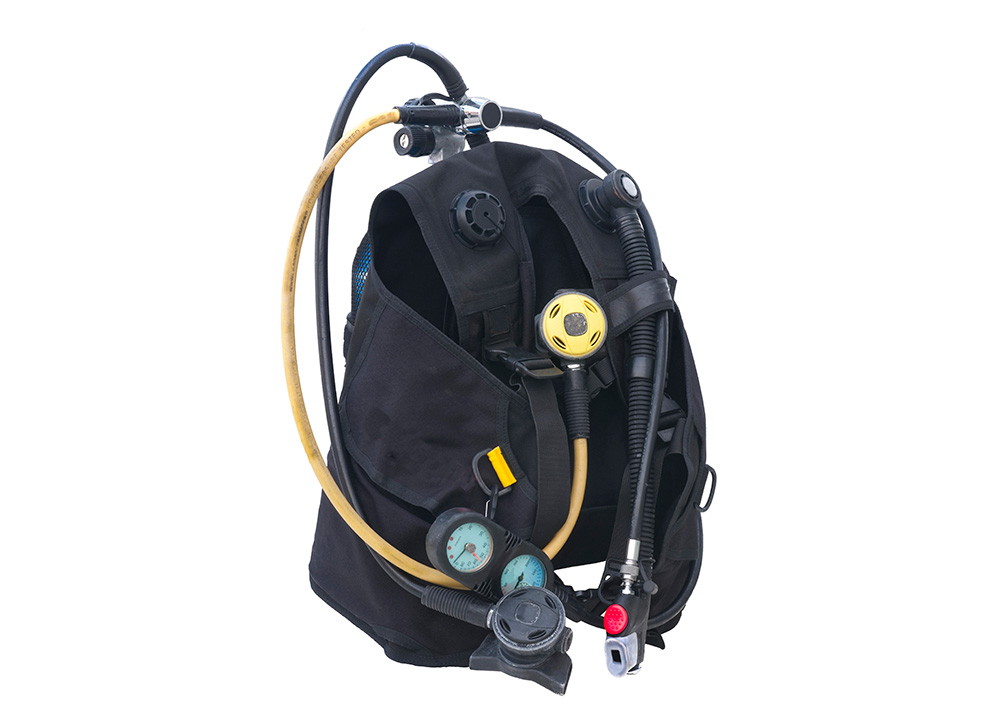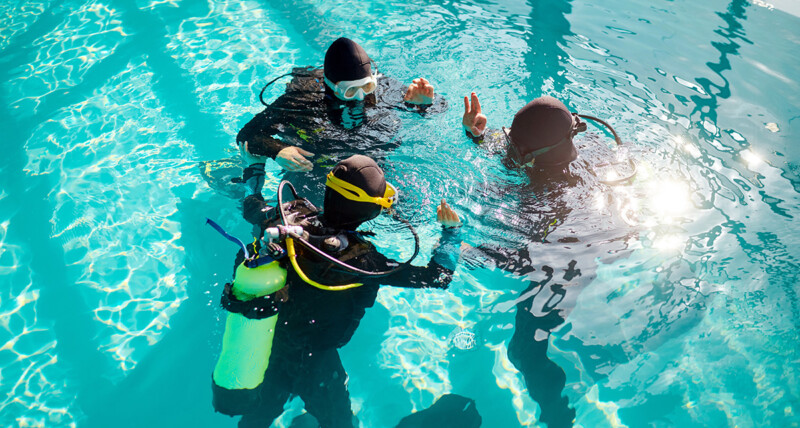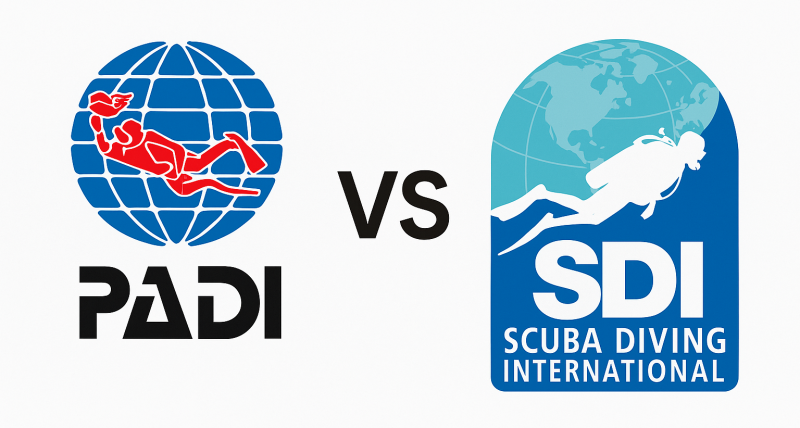A Buoyancy Control Device (BCD) is one of the most critical pieces of dive equipment you’ll purchase. It’s your underwater jacket, your air bladder, your life jacket on the surface, and a piece of gear that directly impacts your comfort, control, and safety underwater.
But not all BCDs are created equal. And the right BCD for you depends on many factors—your experience level, the kind of diving you do, your travel habits, your body shape, and your preferences around fit, features, and flexibility.
Whether you’re buying your very first BCD or looking to upgrade after years of diving, this guide will walk you through how to choose the best BCD for your needs.
What Does a BCD Do?
Before we dive into comparison, a quick refresher:
A BCD (sometimes called a BC or buoyancy compensator) is worn like a vest or harness. It allows you to:
Inflate or deflate air to control your buoyancy
Secure your tank to your body
Hold weights, hoses, and accessories
Remain positively buoyant on the surface when fully inflated
It’s a multifunctional piece of gear that must be comfortable, durable, and intuitive.
BCD Styles: Understanding the Three Main Types
Regardless of experience, your first major decision is choosing between the main BCD styles:
1. Jacket-Style BCD
Most common, especially for beginners
Wraps around the torso like a vest
Air bladders are distributed around the front, back, and sides
Often has integrated weight systems and many pockets
Best for: Recreational divers, beginners, warm-water travelers
Pros: Comfortable, familiar, supportive on the surface
Cons: Bulky, can restrict movement underwater
2. Back-Inflate BCD
Air bladder is entirely behind the diver
More streamlined and balanced in the water
May take some practice to maintain vertical surface position
Best for: Divers with some experience, travelers, those seeking better trim
Pros: Less cluttered front, excellent trim control
Cons: May push you face-forward on the surface if not balanced
3. Backplate and Wing System
Modular design with a backplate (steel or aluminum) and interchangeable wing
Straps and D-rings are customizable
Great for tech diving, cold water, and long-term investment
Best for: Experienced divers, tech divers, cold-water or deep divers
Pros: Highly customizable, durable, compact for travel
Cons: Learning curve, fewer “comfort” features like padding or pockets
What Beginner Divers Should Look For
If you’re buying your first BCD, here’s what to prioritize:
✅ Comfort and Fit
Try it on while wearing a wetsuit or exposure suit.
Make sure it doesn’t ride up when inflated.
Check shoulder and waist adjustment.
✅ Integrated Weight System
Look for secure, easy-to-release pockets.
Avoid weight belts if you can—integrated systems are safer and more comfortable.
✅ Lift Capacity
Should be enough to keep you and your gear afloat at the surface.
For warm water and single tank, 20–35 lbs (9–16 kg) of lift is usually sufficient.
✅ Simplicity and Durability
Look for intuitive controls and reliable inflator systems.
Avoid overly complicated systems or tech features you don’t need yet.
✅ Budget Range
Entry-level BCDs typically range from $300 to $500.
Many are built to last 5–10 years with proper care.
Popular beginner-friendly BCDs:
Jacket-style with integrated weights
Lightweight models for travel
Known brands like Scubapro, Aqua Lung, Cressi, Mares, Oceanic
How Needs Change with Experience
As you dive more, your priorities may shift. You’ll likely begin noticing:
🔁 Desire for Streamlining
Jacket BCDs may feel bulky or restrictive.
Back-inflate or modular systems give you a cleaner profile and better trim.
⚙️ Interest in Customization
With backplate and wing systems, you can choose your harness, D-rings, and wing size.
Good for fine-tuning your diving style (photography, wrecks, tech, drysuit diving).
✈️ Travel Considerations
Some divers opt for lightweight BCDs with foldable or soft backplates.
Others prefer all-metal backplates that double as weight for travel.
🔒 Focus on Redundancy and Safety
Experienced divers may prefer systems that support twin tanks or redundant bladders.
They may also want manual dump valves, multiple inflator options, or backup weight pockets.
Features to Consider (At Any Experience Level)
Whether it’s your first or fifth BCD, these features always matter:
| Feature | Why It Matters |
|---|---|
| Material | Look for high-denier nylon (420D–1000D) or Cordura for durability |
| Inflator Hose Quality | Smooth operation, reliable inflation and deflation |
| Dump Valve Placement | Should be easy to reach in various body positions |
| Number of D-Rings | Useful for clipping accessories, lights, reels |
| Pockets & Storage | Some prefer zippered pockets; others prefer streamlined setups |
| Modular Components | For advanced divers, modularity allows upgrade and configuration |
| Color and Visibility | Bright or reflective accents improve surface visibility |
How Long Will a BCD Last?
With regular care (rinsing with fresh water, storing out of sun, annual inspections):
Entry-level BCD: 5–10 years
Mid-to-high-end BCD: 10+ years
Backplate/wing system: Often decades, since parts can be replaced individually
Safety Considerations
No matter your dive level, safety should always come first. When evaluating a BCD, check:
Dump valves (at least two, ideally three for flexibility)
Inflator mechanism (does it inflate/deflate reliably?)
Secure weight integration (can weights be ditched easily?)
Tank strap stability (does the tank move or wobble?)
Inspect your BCD before every dive, and have it serviced by a professional annually or as recommended by the manufacturer.
Cost vs. Value
While price is always a factor, don’t buy based on price alone. A quality BCD:
Increases your comfort and confidence
May last 10+ years
Could be the difference between a stressful dive and a great one
Price Guide (USD):
| Experience Level | Type | Price Range |
|---|---|---|
| Beginner | Jacket-style | $300 – $500 |
| Intermediate | Back-inflate | $450 – $800 |
| Experienced | Modular backplate/wing | $500 – $1,200+ |
Investing in quality early on—especially if you dive regularly—can save you money (and frustration) long-term.
Final Thoughts: Matching the BCD to the Diver
Here’s a quick summary of how your BCD needs may evolve:
| Diver Type | BCD Style Preferred | Key Priorities |
|---|---|---|
| Beginner | Jacket or travel-style | Comfort, simplicity, safety |
| Recreational | Back-inflate | Trim control, travel weight, performance |
| Experienced | Modular backplate + wing | Custom fit, redundancy, durability |
| Technical diver | Dual-bladder wing system | Twin tanks, redundancy, expandability |
Final Tips for Choosing Your BCD
Try before you buy. Rent or test different BCD types if you can.
Think about your long-term diving goals. Will you travel often? Dive locally? Advance into specialties?
Prioritize fit and feel. Even a top-tier BCD isn’t worth it if it doesn’t feel right on your body.
Ask for professional fitting and advice. Don’t buy blindly online if you’ve never tried the gear.
Choosing your BCD is a major milestone. Done right, it’s an investment in confidence, control, and enjoyment for years of diving to come.




